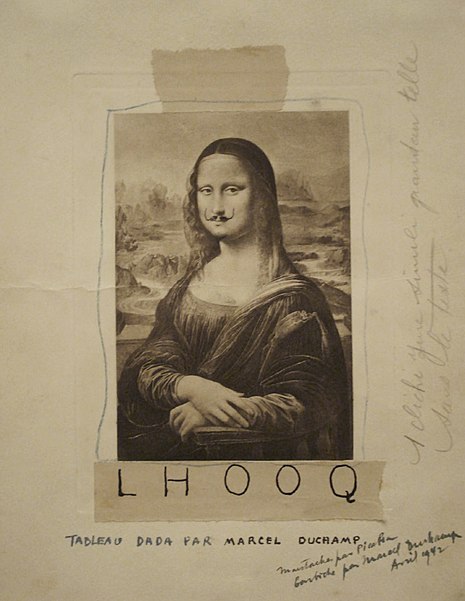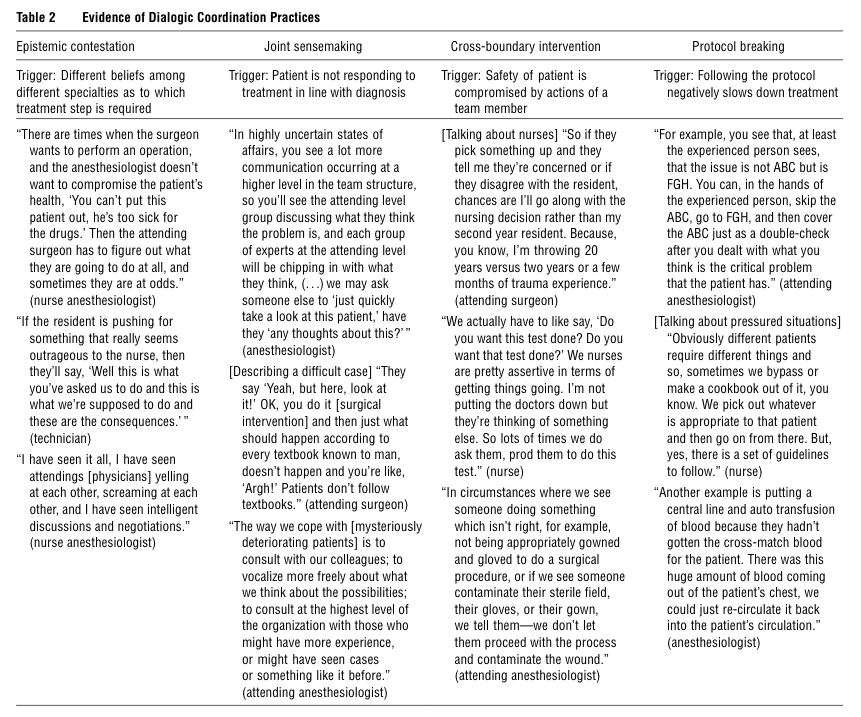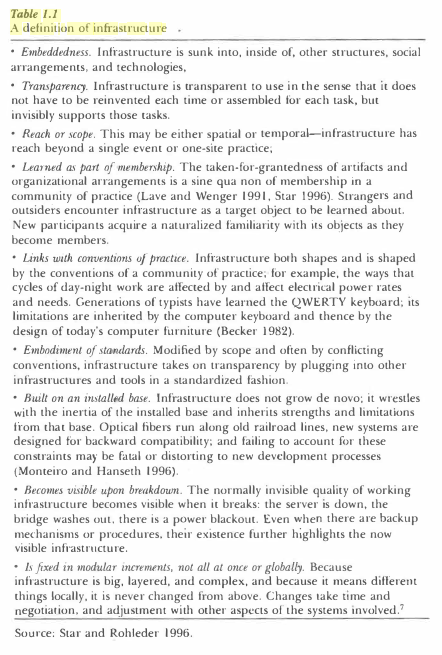s I examine my sofawith a deeper perception, I come to an energy phenomenon that is not auniversal presence or force and not just an accumulation of characteristicsand energies from outside itself but one that has its own particular unique,internally coherent and integrated organization. This is where I experiencethe sofa as something living, not in a biological way but in an energetic way.5
for - question - sensing the energy of inanimate objects - I'm not sure what she means or how she does this?


